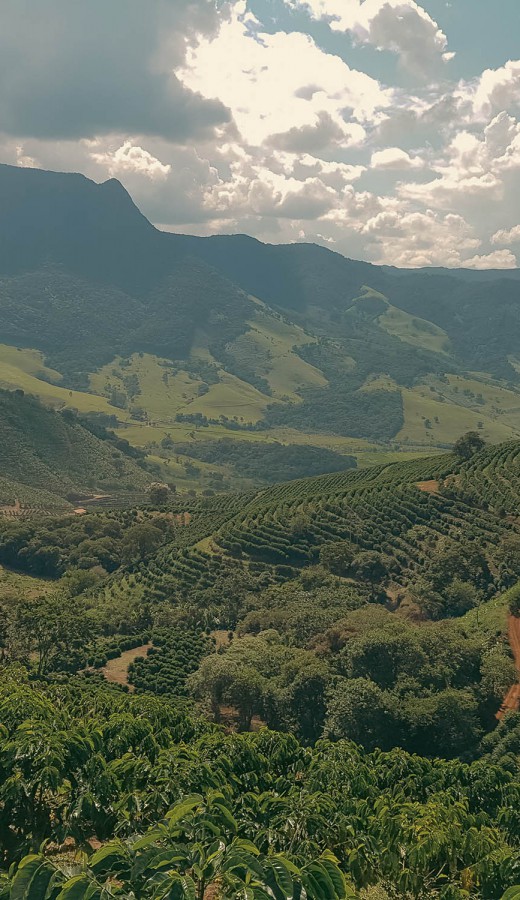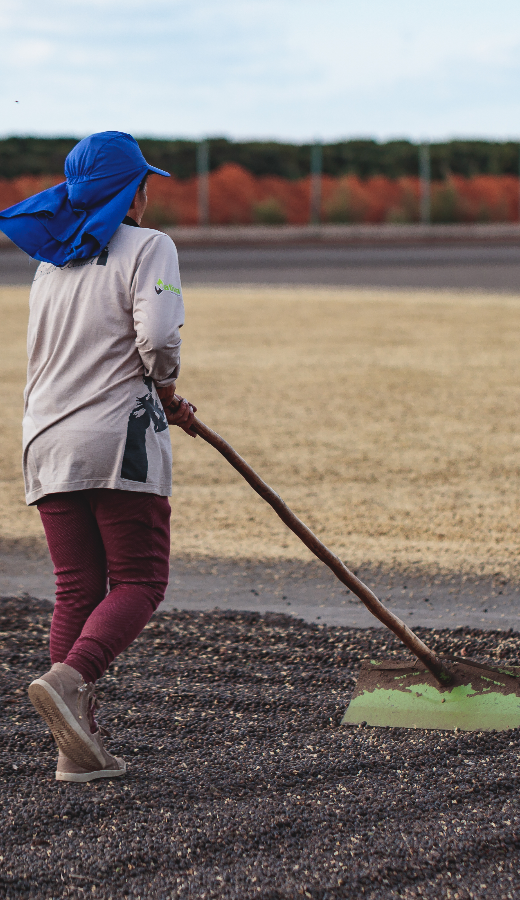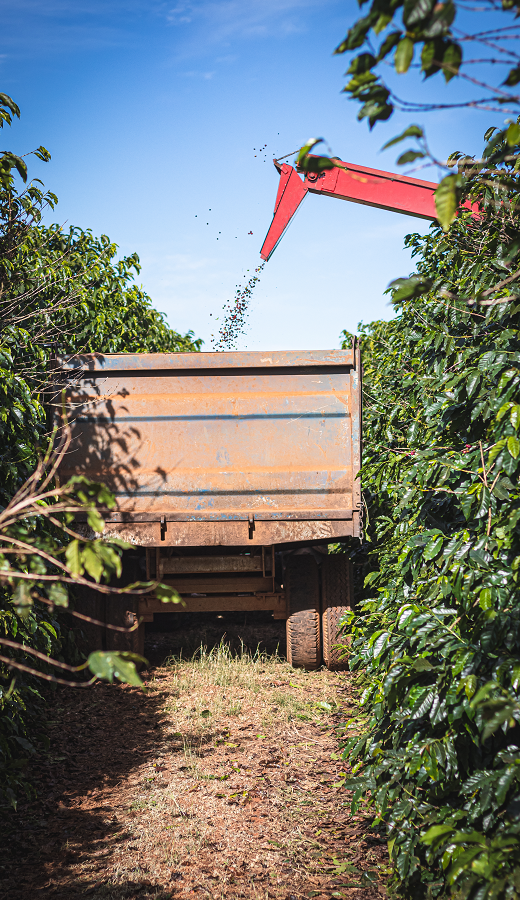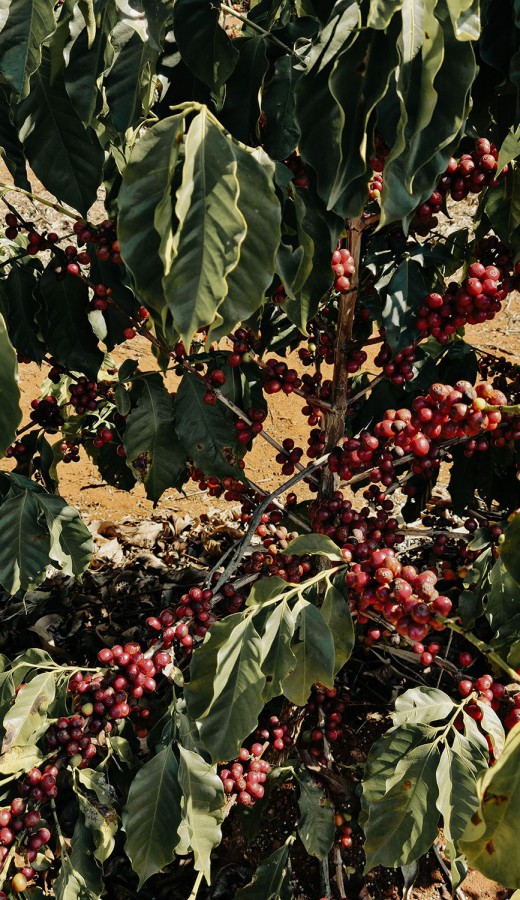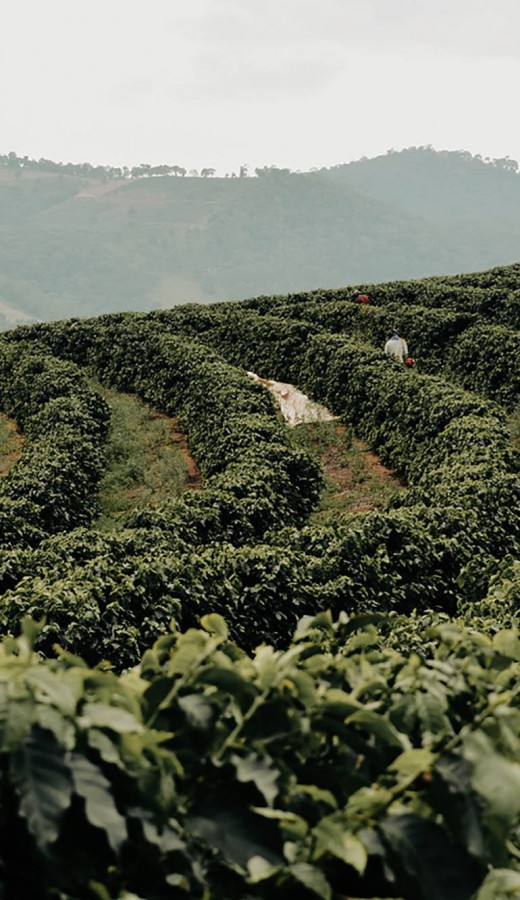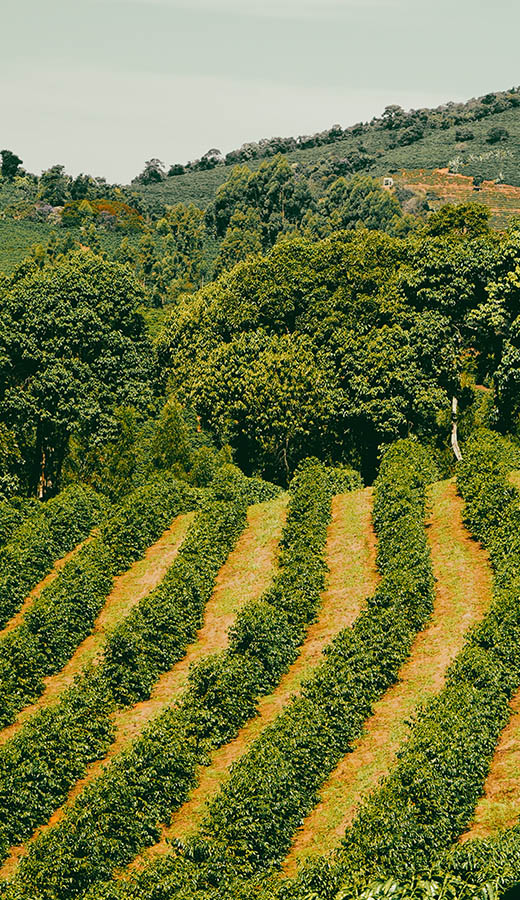The story of how coffee arrived in Brazil has become somewhat mythical, but it’s all based on a real event. A French guy Francisco del Melo Paleta managed to impress and convince The French Guianese governor’s wife to help him smuggle some of the seeds over the border, and it worked. At first, Brazilian coffee was mainly consumed locally. However, as demand grew both in Europe and North America, exports started to ramp up.
This blossoming demand caused 1802 to be a pivotal year for exports, and by 1820 Brazil was producing 30% of the world’s coffee. As other producing nations slowly recovered, that percentage came down again, but Brazil never lost its place as the world’s largest producer. In the early 1990’s however, Brazil deregulated various agricultural industries, allowing farmers much more freedom to experiment with new processing techniques and varieties of coffee trees.

